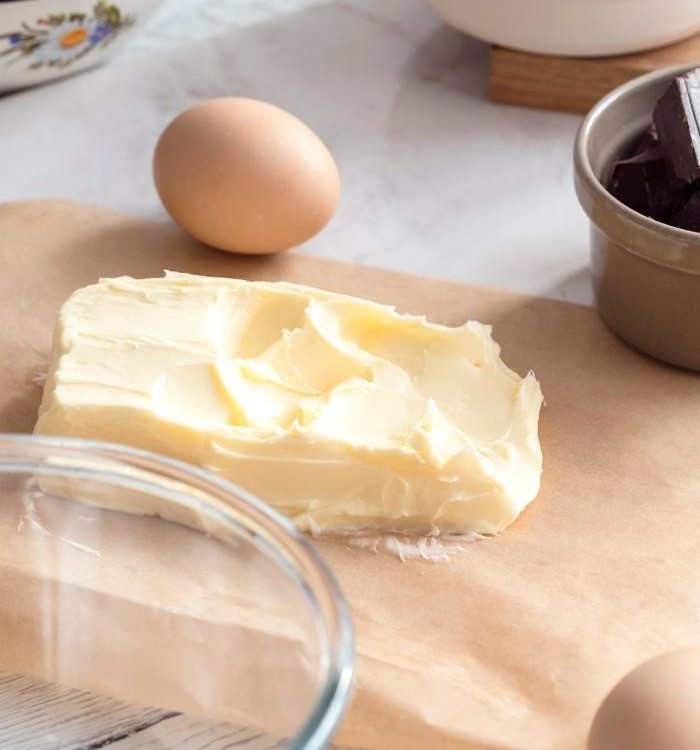
How to Soften Butter Quickly
If you forgot to set your butter out to soften before making a recipe, don’t panic! You can soften butter quickly with or without a microwave. In this post, I’m sharing How to Soften Butter Quickly eight different ways, plus answering FAQs about softening butter and its uses.
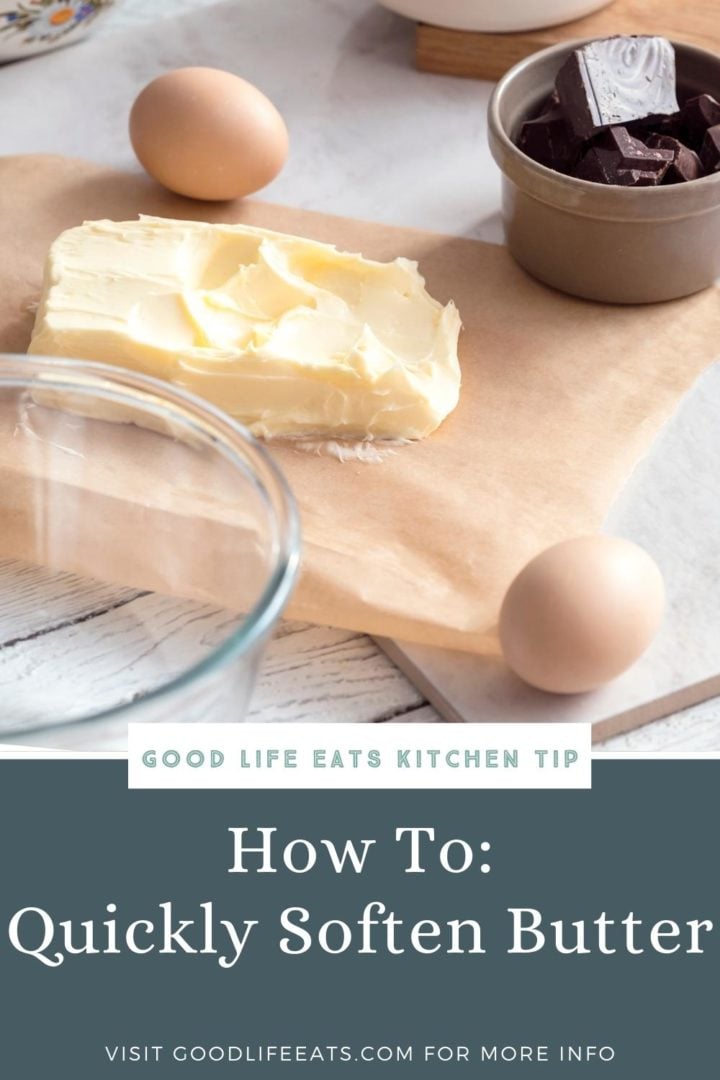
Why Bother Softening Butter?
Whether you’re making cookies, cupcakes, or a layer cake, I can pretty much guarantee that softened butter is the first ingredient listed in the recipe card.
But why bother softening butter if the baked good is going to cook in the oven anyways?
The short answer is: it’s science! Softened butter that’s been brought to room temperature is easier to mix with other ingredients, whether you’re creaming it with sugar and eggs or combining it with all of the wet ingredients in one go.
When butter has been softened properly, it traps air as it’s creamed with sugar or mixed into a batter. That trapped air is released in the oven, resulting in fluffy cakes and cupcakes, as well as beautifully domed cookies.
If you don’t take the time to soften butter before using it in a recipe, the baked good won’t turn out the way it’s supposed to.
In this post, I’m sharing the best ways to soften butter without melting it. I’m also answering some FAQs about softening butter, as well as my favorite recipes that call for softened butter.
★★★★★
Reader says –
“That’s perfect! For my kids’ cupcake recipes, I was looking for ways to soften butter. Thanks.”
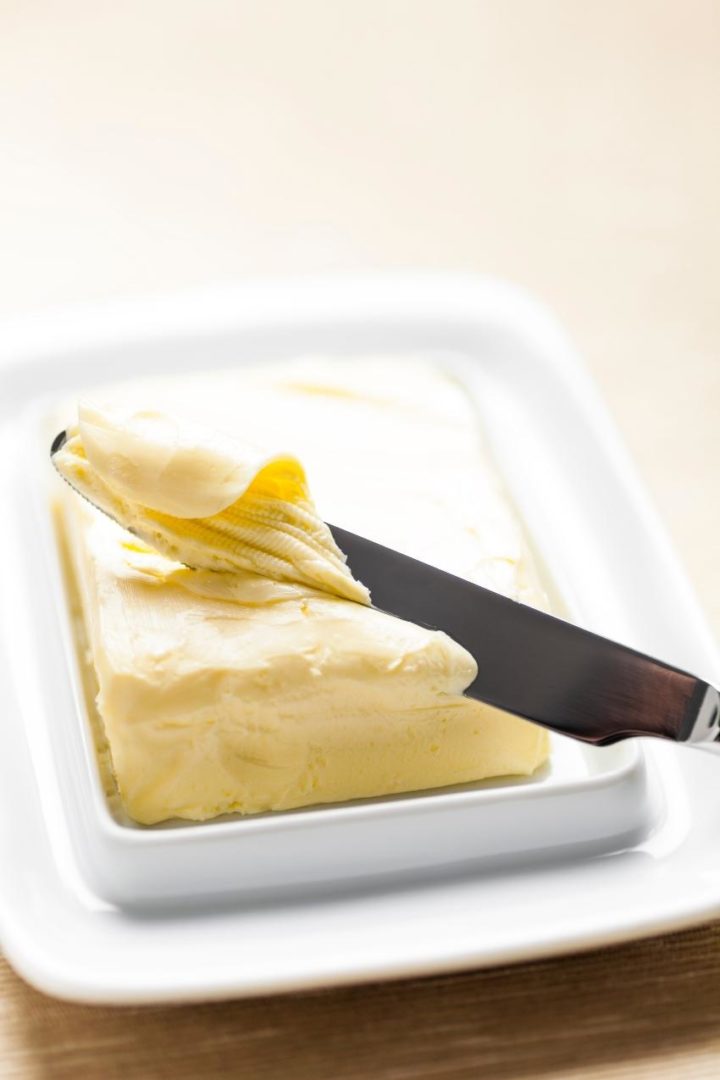
How to Soften Butter on the Counter
Softening butter on the counter is the easiest way to bring it to room temperature, but this method also takes the longest.
To soften butter on the counter, simply remove it from the fridge, set it out at room temperature, and let it sit for about 1 hour.
Leaving butter out on the counter is completely safe, provided it sits out for no longer than 1 to 2 days. However, it is possible to soften butter too much, which can result in dense cakes and flat cookies.
Confusing, I know! Don’t worry, later in this post I’ll explain how to tell when your butter is perfectly softened and what to do if it’s too soft.
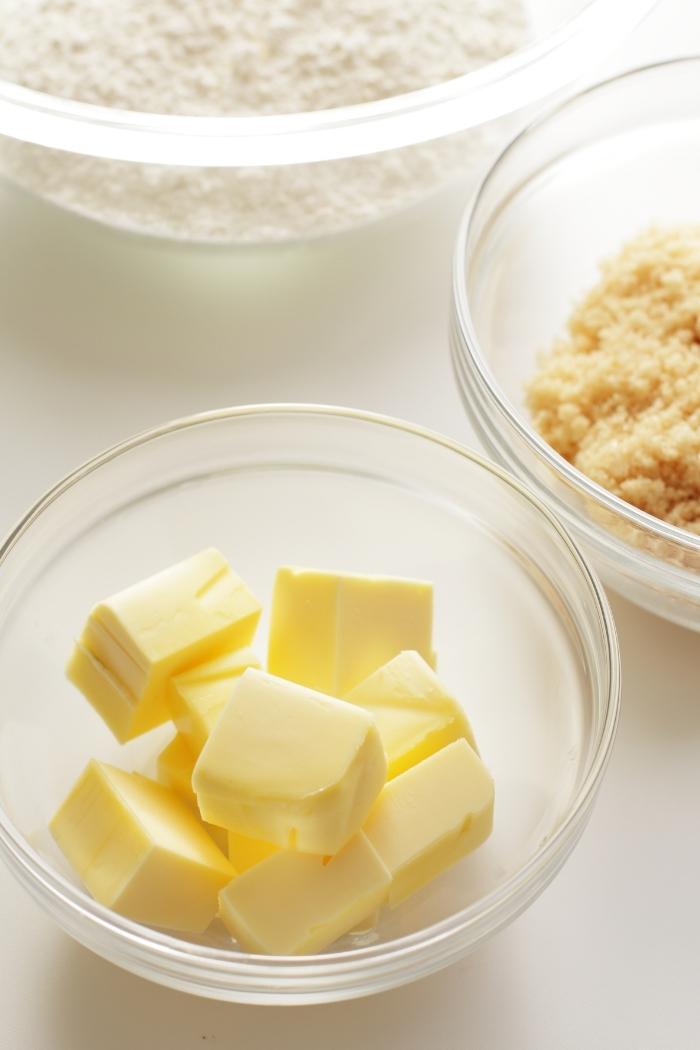
How to Soften Butter Quickly (8 Methods!)
In a perfect world, we’d all remember to set our butter out 1 hour before we plan on making a recipe. However, I’m certainly not perfect and I often forget or simply don’t have time to wait for butter to soften on the counter.
Don’t have a microwave? No problem! There are plenty of ways to soften butter without a microwave.
If you need to soften butter quickly, there are a few ways to do so.
1. Cut Into Cubes
By cutting the butter into cubes, you’re increasing its surface area. The more places the butter is exposed to the air, the quicker it will soften!
Steps to quickly soften butter by cutting it into cubes: :
- Slice or cube a stick of butter.
- Place the cubes on a plate, making sure they’re not overlapping.
- Let rest 5 to 10 minutes, or until softened.
2. Cover with Warm Bowl
Another easy way to soften butter is to cover it with a warm object. I typically heat a glass or bowl in the microwave for this method, but you can also heat a small pot on the stove.
Steps to soften butter faster with a glass or bowl: :
- Cube the butter and place on a plate.
- Fill a microwave-safe glass or bowl with water.
- Heat for 2 to 3 minutes, or until the water is boiling.
- Carefully dump out the water and immediately invert over the plate of butter, making sure the butter doesn’t directly touch the rim of the glass or bowl.
- Wait 5 minutes, or until the butter has softened.
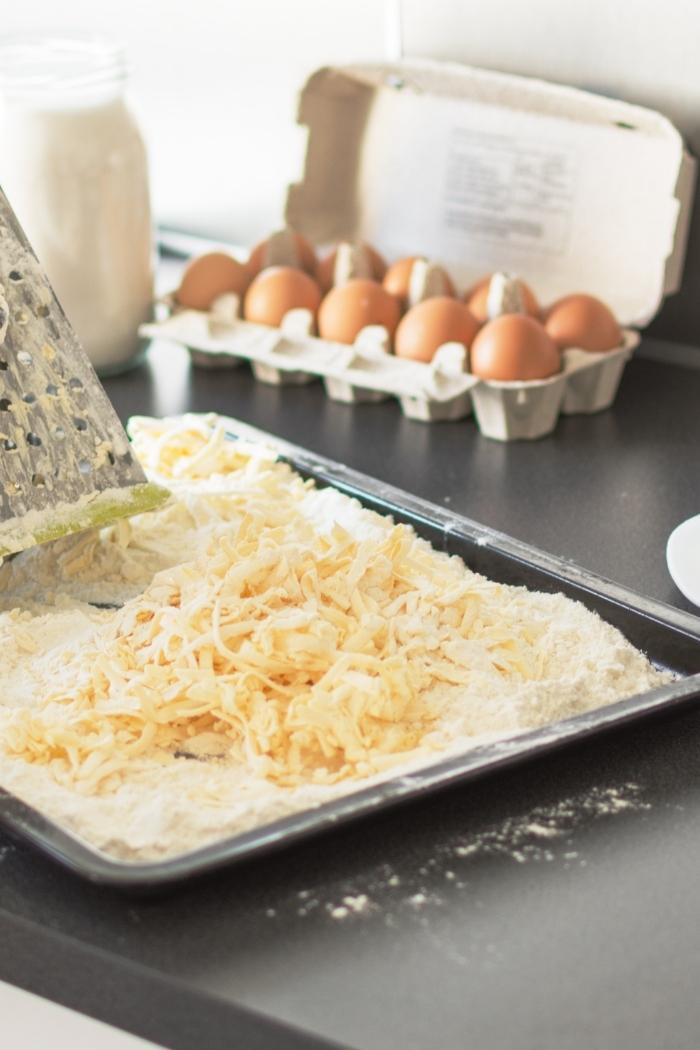
3. Grate the Butter
This quick way to soften butter uses similar logic to the cubing method. By increasing the butter’s surface area, you’ll speed up the softening process.
Steps to bring butter up to room temp using a box grater: :
- Grate it on the coarsest side of the box grater.
- Leave the grated butter on a plate at room temperature. It should soften within 5 to 10 minutes.
4. Use a Double Boiler
Using a double boiler is another quick and easy way to soften butter quickly without a microwave.
Steps to soften butter using a double boiler: :
- Add 2 cups of hot (NOT boiling) water to a pot. The pot should be on your counter, not on the stovetop.
- Nest a metal bowl inside the pot, making sure the bottom of the bowl doesn’t come into direct contact with the hot water.
- Place the cubed butter in the bowl and let rest for 5 to 10 minutes.
5. Use a Water Bath
For this method, you’ll need to place the butter in an airtight container or baggie. You don’t want the butter to come in direct contact with any water!
Steps to soften butter using a water bath: :
- Fill a bowl with warm (not boiling) water.
- Seal the butter inside a zip-top bag and squeeze out any excess air.
- Place the bag of butter into the bowl of warm water.
- Let it sit for about 5 minutes, or until soft.
6. Roll or Pound It Thinly
Another simple way to increase your butter’s surface area and speed up the softened process is to roll it thinly between two pieces of parchment paper, or beat it flat with a meat mallet.
Steps to softening butter by rolling it thinly:
- Place the desired amount of butter between two large pieces of parchment paper (use extra paper so the butter has room to be rolled out).
- Using a rolling pin or another round object, such as a wine bottle, roll the butter out until it’s about ¼ inch thick.
- Alternately, you can pound the butter thin using a meat mallet. Let the butter rest 5 to 10 minutes to soften.

7. Place in Warm, Steamy Microwave
Ever wondered how to soften butter in the microwave without melting it? This method is your best option for doing that.
Note: this method does NOT involve directly heating the butter in the microwave! The leftover heat from the bowl of boiling water will soften the butter on its own.
Steps to soften butter in a warm microwave:
- Fill a microwave-safe bowl with water.
- Heat in the microwave for 2 to 3 minutes, just until the water begins to boil.
- Then, carefully remove the bowl of water and set aside.
- Place the butter (sliced into small pieces) in the now hot and steamy microwave.
- Let sit for about 10 minutes.
8. Microwave at Partial Power
I try to avoid softening butter in the microwave at all costs. It’s all too easy to melt butter rather than soften it when warming at partial power. However, many people use this method to soften butter quickly so I wanted to address it.
Steps to soften butter in the microwave at partial power:
- Place a stick of butter in the microwave.
- Heat for 4-second intervals at partial power.
- Flip the butter every 4 seconds to make sure it softens evenly.
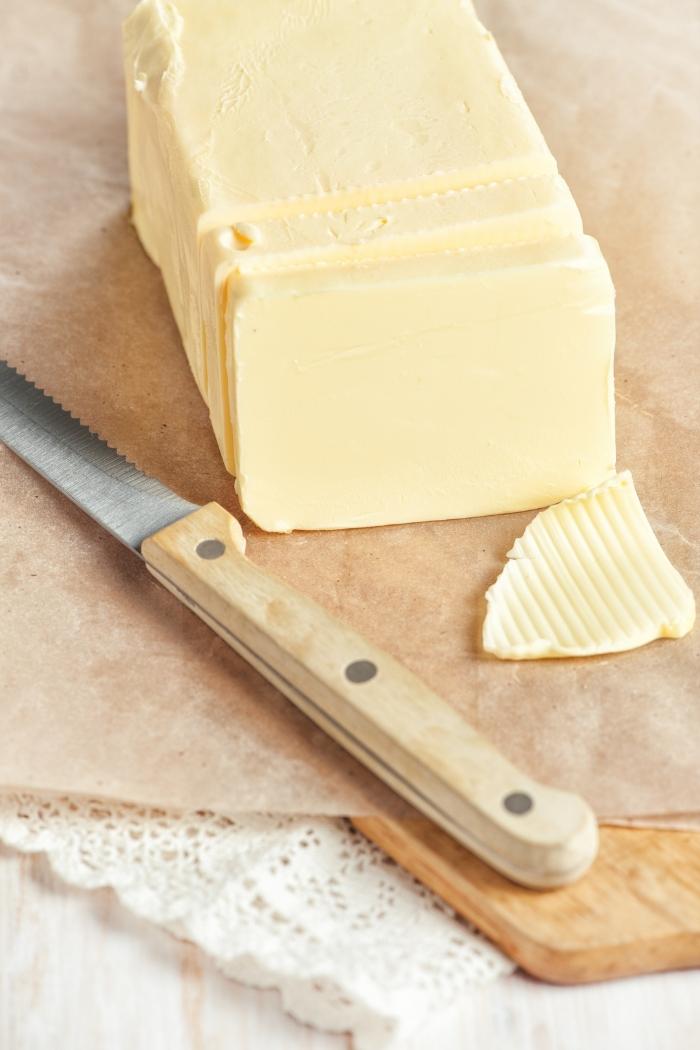
Tips for Softening Butter
- How to rescue butter that’s softened too much: Fill a bowl with ice cubes. Place the butter into a smaller bowl. Nestle the bowl of butter into the bowl containing the ice cubes. Monitor the butter carefully and remove it from the cold bowl when it’s softened to your liking.
- Avoid using the microwave, if possible: Although it’s possible to soften butter in the microwave, it’s my least favorite method for doing so. It’s very easy to melt butter by mistake in the microwave, and melted butter isn’t an acceptable substitute for softened butter.
- Never use boiling water: Several of the butter softening tricks mentioned in this post require warm or hot water in some capacity. Note that boiling water should never be used, as that will melt the butter.
Can You Leave Butter Out Overnight to Soften?
Technically, it’s safe to leave butter on the counter overnight to soften. The USDA says that butter may be left out at room temperature for 1 to 2 days before it becomes rancid.
However, leaving butter out for more than 1 hour can cause it to soften too much to use in baked goods. As such, I don’t recommend leaving butter out overnight if you plan on baking with it in the morning.
How Long Does It Take Butter to Soften?
The length of time it takes to soften butter varies depending on how you soften it. Below is an overview of how long it takes to soften butter using the methods I discussed above.
- Less than 1 minute: In the microwave on partial power.
- 5 to 10 minutes: Grating, cubing, covering with a warm bowl, double boiler method, water bath, rolling thinly, and placing in a warm microwave (turned off).
- 1 hour: Placing on the counter.
How to Tell If Butter Is Soft Enough
As I’ve already mentioned, it’s actually possible to soften butter too much. When I say that butter can be too soft, I’m not just referring to melted butter.
Properly softened butter should be roughly 65ºF, which is colder than you may think!
To tell if butter has been properly softened: Gently press your finger into it. If your finger makes an indent but doesn’t sink down into the butter or slide around, the butter has been properly softened.
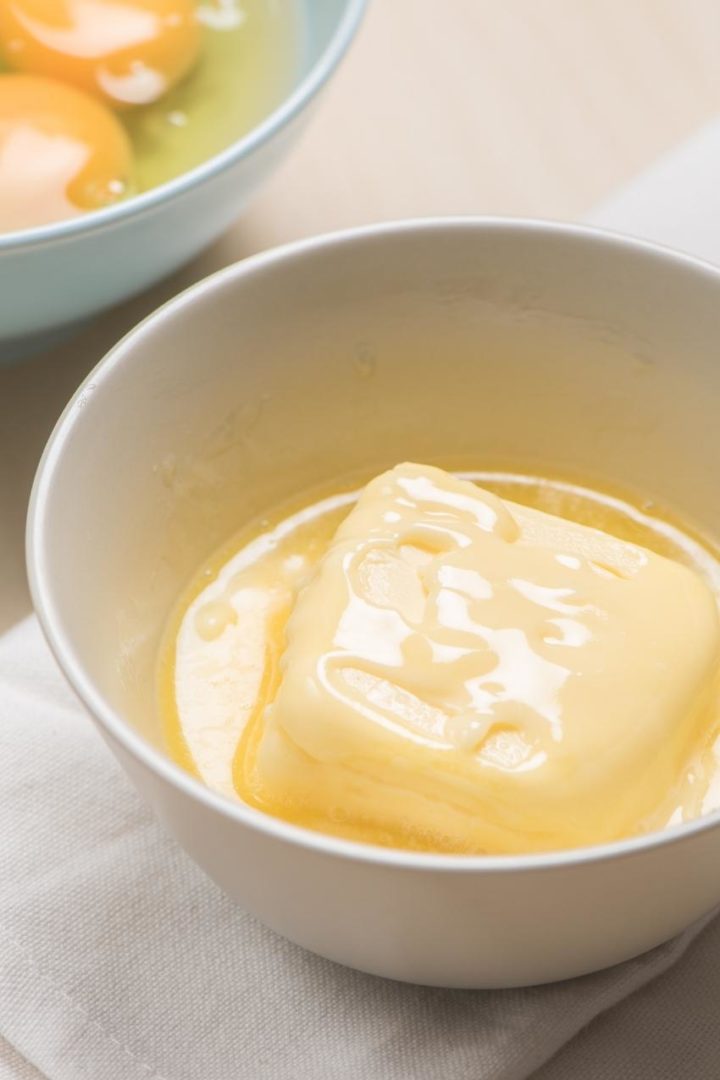
More Kitchen Tutorials Using Butter:
Butter is an essential ingredient in so many different recipes. I’ve got several butter related tutorials that you may way to check out:
Learn How to Make Compound Butter, how to store it, and the many ways you can use it. Whether you plan on using your homemade compound butter for steaks, salmon, rolls, or another dish entirely, you’ll be amazed at how easy it is to make! (You’ll love this recipe for Cilantro Lime Butter!)
Browned butter can be used in a variety of ways to enhance sweet or savory recipes with its rich, deep flavor. Learn how to brown butter and check out my tips and tricks for perfect results!
Can you freeze butter? Absolutely! In this post, I walk you through How to Freeze Butter and how to defrost it. Plus, I answer other FAQs about freezing butter.
There are 4 different ways to cut butter into flour for recipes like pie crusts or biscuits. Read my full guide on Cutting Butter Into Flour for step-by-step instructions!
Thanks to its high smoke point and mild flavor, clarified butter is perfect for roasting, sauteing, and shallow frying! This post will explain How to Clarify Butter at home, as well as its many uses.
Who doesn’t love a good kitchen tip? Looking for more kitchen tutorials? Check out the entire Kitchen Tips and Tricks archive for lots of great ideas!
Stay Inspired in the Kitchen!
Want more delicious recipes, kitchen tips, and meal inspiration? Sign up for the Good Life Eats Newsletter and get:
✔ Tried-and-true recipes—from quick weeknight meals to special occasion favorites.
✔ Seasonal meal ideas—helping you make the most of fresh, in-season ingredients.
✔ Time-saving kitchen tips—boosting your confidence and creativity in the kitchen.
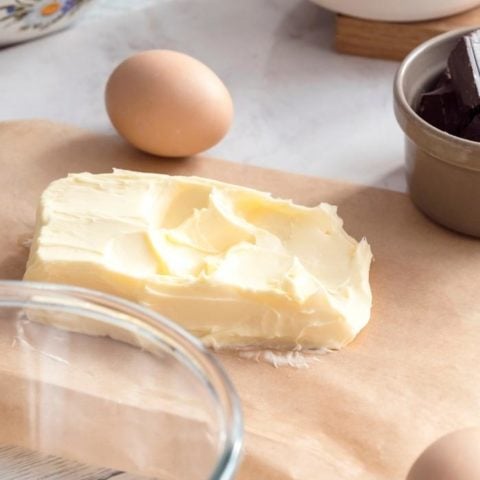
How to Soften Butter Quickly
If you forgot to set your butter out to soften before making a recipe, don’t panic! You can soften butter quickly with or without a microwave. In this post, I’m sharing How to Soften Butter Quickly eight different ways, plus answering FAQs about softening butter and its uses.
Ingredients
- 1 stick Butter
Instructions
Grate the Butter
- Grate butter on the coarsest side of a box grater.
- Leave the grated butter on a plate at room temperature. It should soften within 5 to 10 minutes.
Cut Into Cubes
- Slice or cube a stick of butter.
- Place the cubes on a plate, making sure they’re not overlapping.
- Let rest 5 to 10 minutes, or until softened.
Cover with Warm Bowl
- Cube the butter and place on a plate.
- Fill a microwave-safe glass or bowl with water. Heat in microwave for for 2 to 3 minutes, or until the water is boiling.
- Carefully dump out the water and immediately invert over the plate of butter, making sure the butter doesn’t directly touch the rim of the glass or bowl.
- Wait 5 minutes, or until the butter has softened.
Use a Double Boiler
- Add 2 cups of hot (NOT boiling) water to a pot. The pot should be on your counter, not on the stovetop.
- Nest a metal bowl inside the pot, making sure the bottom of the bowl doesn’t come into direct contact with the hot water.
- Place the cubed butter in the bowl and let rest for 5 to 10 minutes.
Use a Water Bath
- Fill a bowl with warm (not boiling) water.
- Seal the butter inside a zip-top bag and squeeze out any excess air.
- Place the bag of butter into the bowl of warm water.
- Let it sit for about 5 minutes, or until soft.
Roll or Pound It Thinly
- Place the desired amount of butter between two large pieces of parchment paper (use extra paper so the butter has room to be rolled out).
- Using a rolling pin or another round object, such as a wine bottle, roll the butter out until it’s about ¼ inch thick. (Alternately, you can pound the butter thin using a meat mallet.)
- Let the butter rest 5 to 10 minutes to soften.
Place in Warm, Steamy Microwave
- Fill a microwave-safe bowl with water. Heat in the microwave for 2 to 3 minutes, just until the water begins to boil.
- Carefully remove the bowl of water and set aside.
- Place the butter (sliced into small pieces) in the now hot and steamy microwave. Let sit for about 10 minutes.
- Note that this method does NOT involve directly heating the butter in the microwave! The leftover heat from the bowl of boiling water will soften the butter on its own.
Microwave at Partial Power
- Place a stick of butter in the microwave.
- Heat for 4-second intervals at partial power.
- Flip the butter every 4 seconds to make sure it softens evenly.
Nutrition Information:
Yield: 8 Serving Size: 1Amount Per Serving: Calories: 101Total Fat: 11gSaturated Fat: 7gTrans Fat: 0gUnsaturated Fat: 3gCholesterol: 30mgSodium: 91mgCarbohydrates: 0gFiber: 0gSugar: 0gProtein: 0g
GoodLifeEats.com offers recipe nutritional information as a courtesy. This provided information is an estimate only. This information comes from online calculators. Although GoodLifeEats.com makes every effort to provide accurate information, these figures are only estimates.
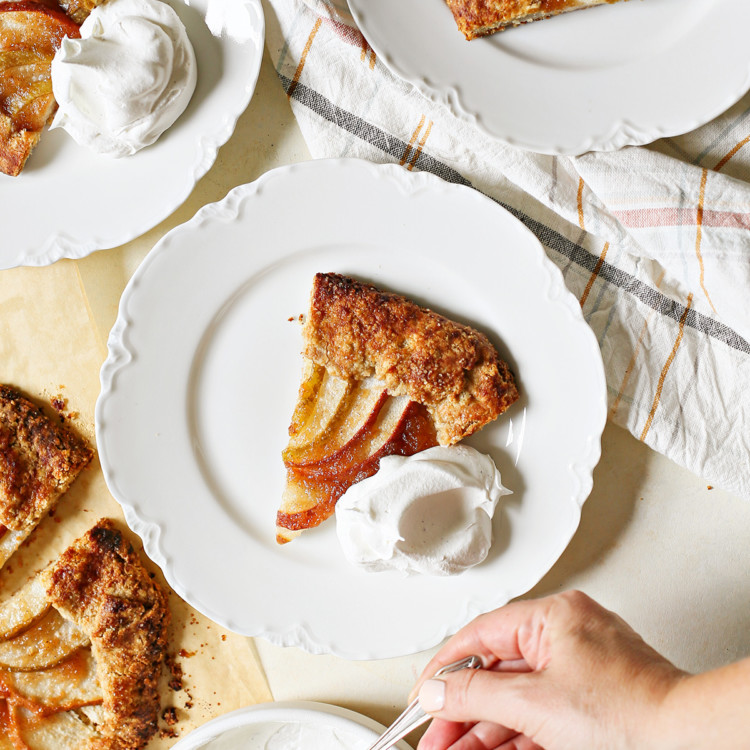
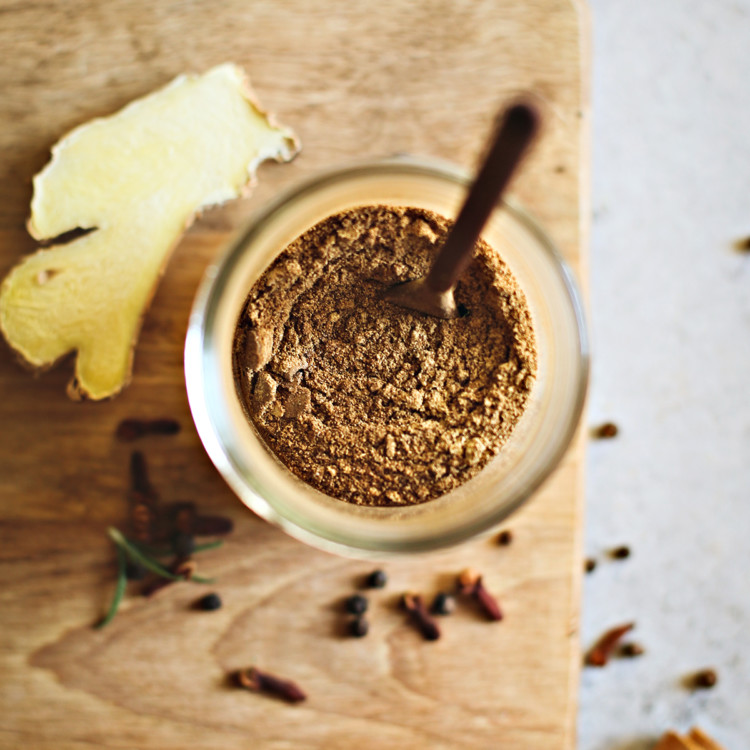
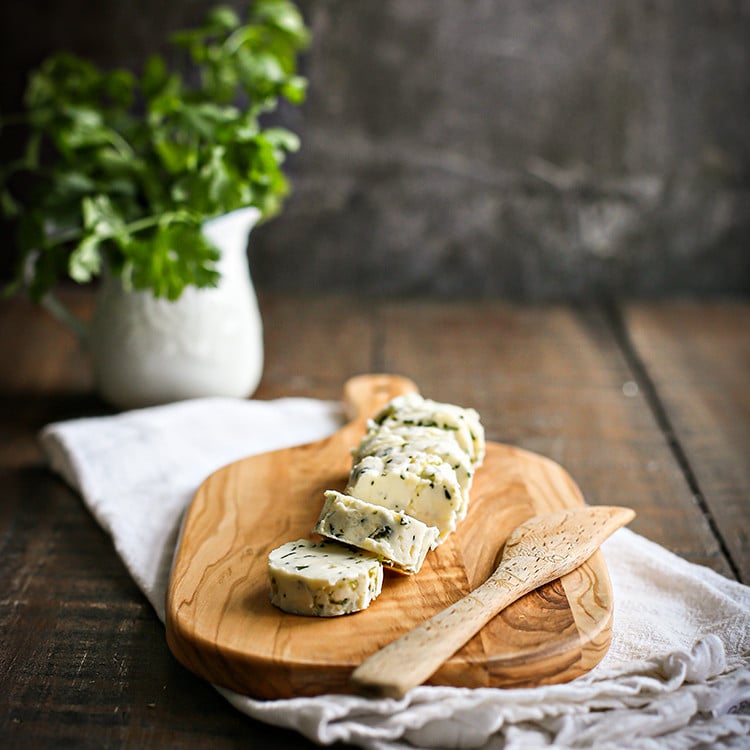
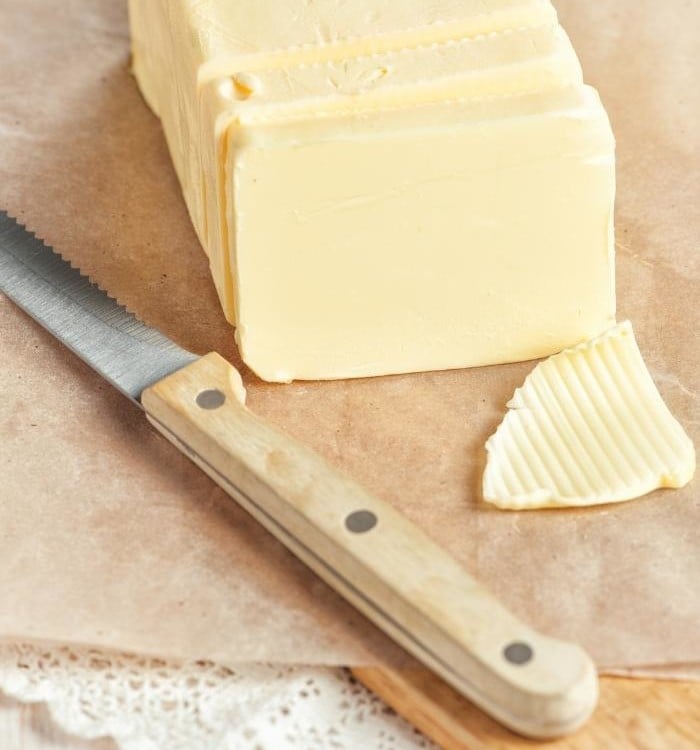

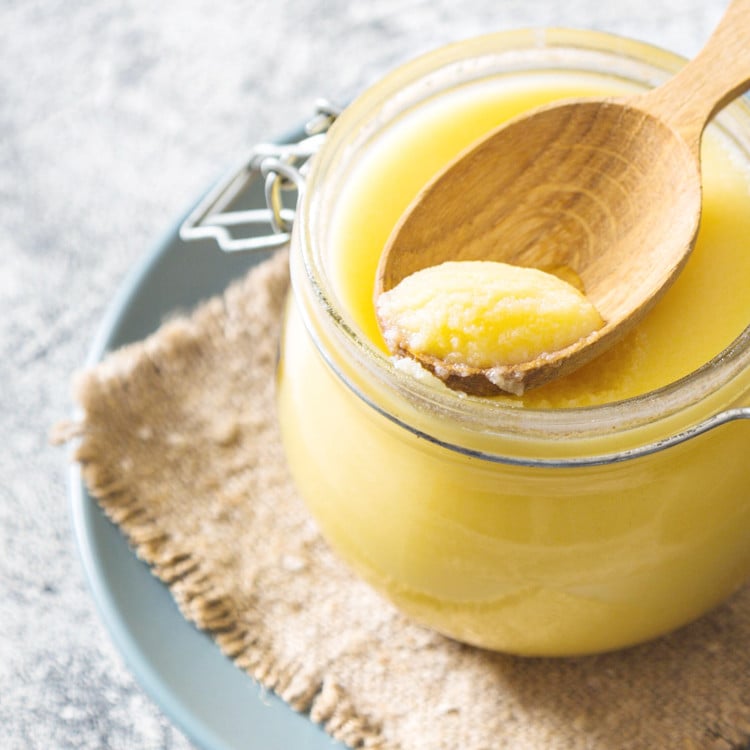
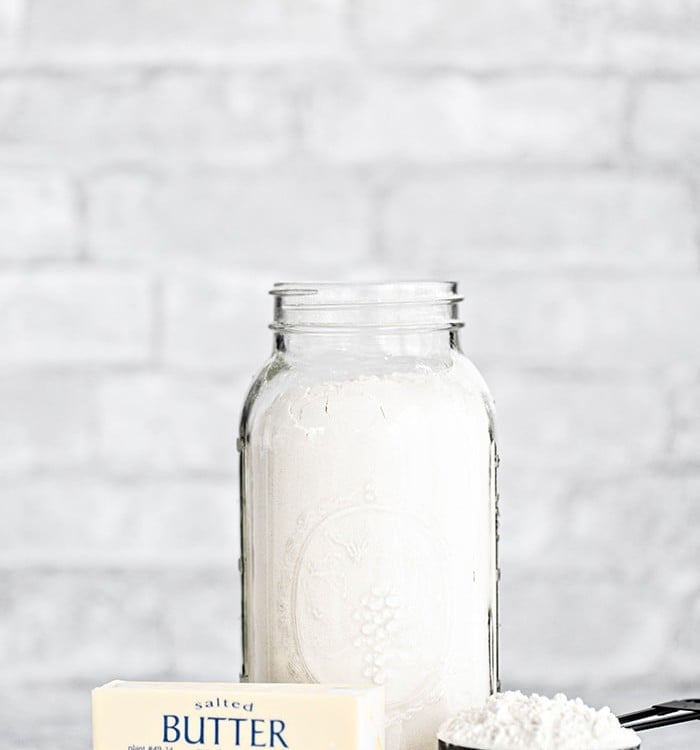
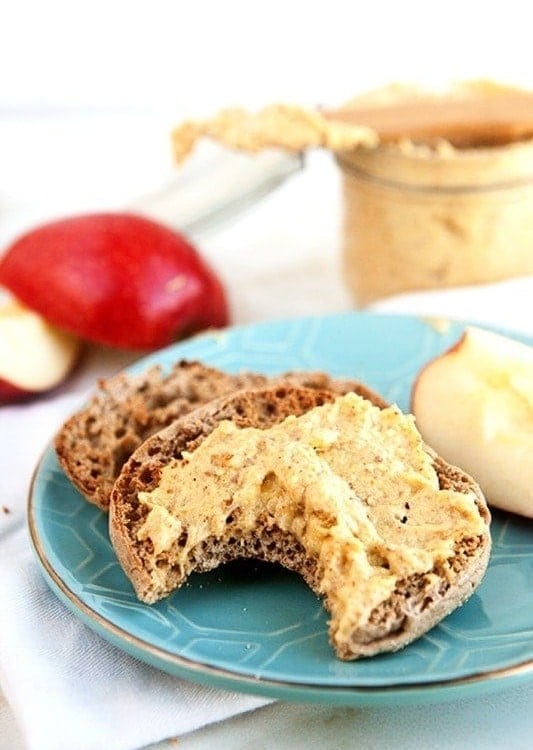
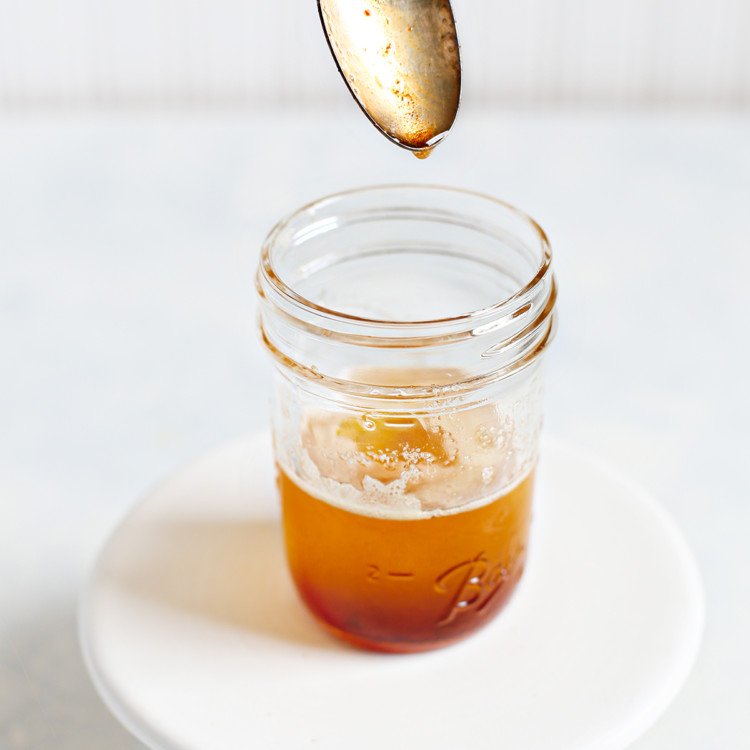
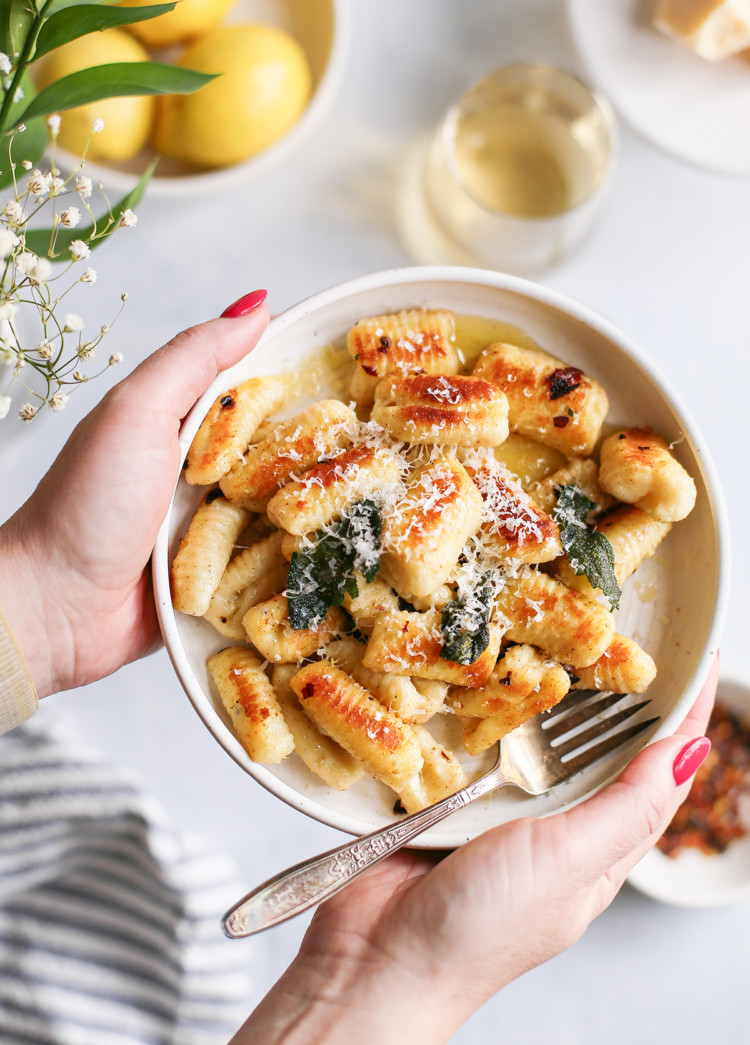

SG says
That’s perfect! For my kids’ cupcake recipes, I was looking for ways to soften butter. Thanks